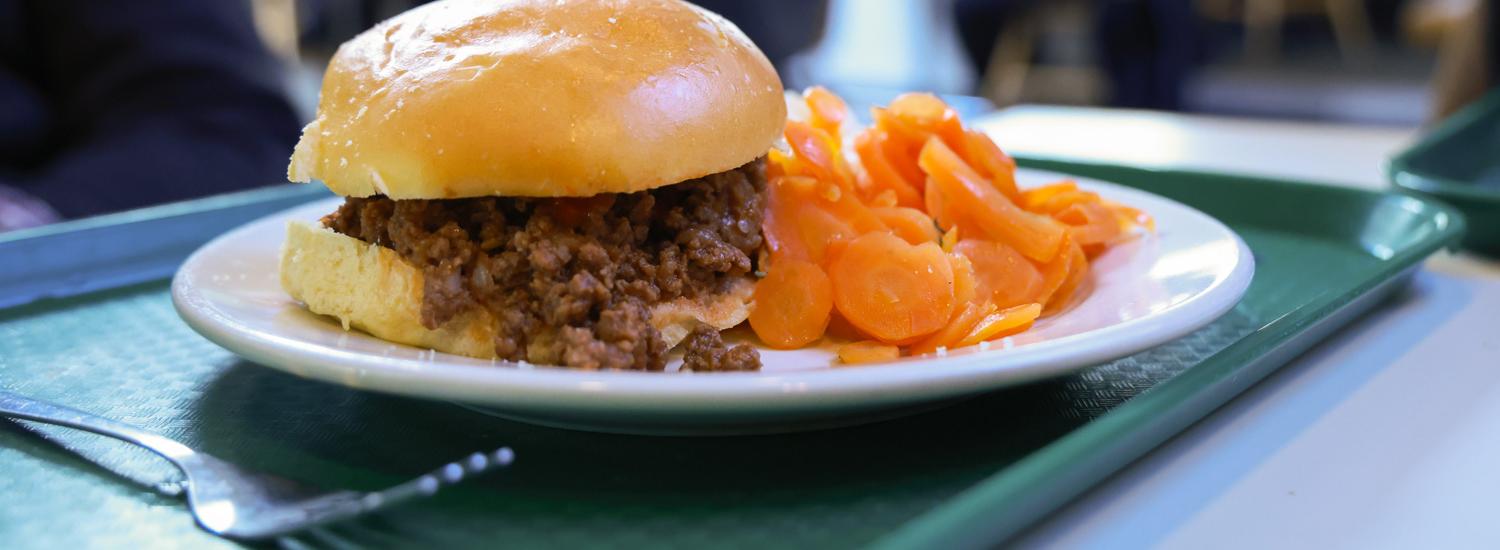Where to Buy Local Beef
Buy Direct
Buying direct from a producer has many benefits. Not only is the farmer getting the full value of their products directly, you can also develop a personal relationship with them, and they may even be willing to drop by for classroom visits, or host field trips at the farm.
Get in touch with farms in the spring when you’re planning your menu for next year. You might be able to make a bulk deal with a farm if you let them know how much product you’re looking to source ahead of time.
Find a farm near you:
- Use NOFA-VT’s farm directory, search “Red Meat”
- Ask community members for farmers in your area
- Contact NOFA-VT to help find a producer near you
- Find more tips from Vermont FEED
Buy Through Your Local Food Hub
Food hubs are regional distributors focusing on local products. Serving K–12 schools and early childhood programs is central to their mission. Food hubs provide sustainable markets for small farms, and all products are 100% source identified. They can be a one-stop shop for other local products for your menu, too.
All SFAs in Vermont can now be served by a local food hub. Get in touch with the hub in your region:
- Food Connects: all of Southern Vermont and as far north as Burlington
- ACORN: Addison County
- Vermont Farmers Food Center: Rutland County
- Green Mountain Farm Direct: Northern and Central Vermont






